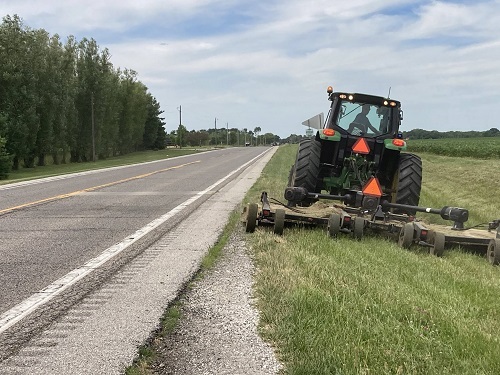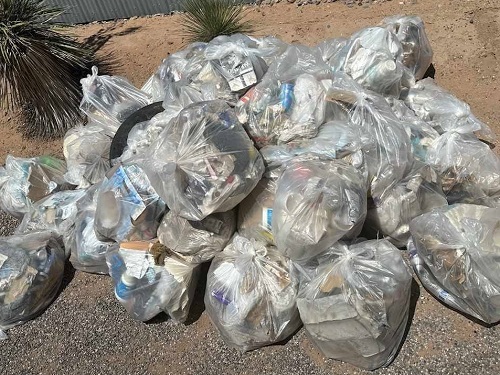FEDERAL ACTION
Biden tailpipe emission rules on shakier ground after Supreme Court ruling -Reuters
GM to pay $146 million in penalties over excess emissions -Mercury News
INFRASTRUCTURE RESILIENCE AND SUSTAINABILITY
Hydrogen-Powered Train Travels 1,750 Miles on Single Tank -Government Technology
Popular Lake Powell ferry service returns after low waters kept it docked for 3 years -KSL.com
Hyperloop study fails to gain support from Met Council committee -Star Tribune
Oregon to expand the state’s network of EV fast chargers -Oregon Public Broadcasting
re:Charge and CDTA Launch First Universal Wireless Charging Stations for Electric Bikes -Capital District Transportation Authority (media release)
AIR QUALITY
Compact Cities in Europe Have Lower Carbon Emissions, But Poorer Air Quality -Barcelona Institute of Global Health
ENVIRONMENTAL JUSTICE/EQUITY
Removing the highway is the easy part. Reconnecting the community is harder. –NPR
NATURAL RESOURCES
Managing Undesirable and Invasive Species on ROWs -T&D World
UDOT To Install New Remote Avalanche Control Systems In Little Cottonwood Canyon -Utah DOT (media release)
CULTURAL RESOURCES
A Street of Stars Awaits its Hollywood Remake –CityLab
$23.5M Federal Grant Electrifies Maine National Park Buses -Portland Press Herald
As Chicago’s NASCAR race returns, changes abound, but critics wave yellow flag -Chicago Tribune
HEALTH AND HUMAN ENVIRONMENT/ACTIVE TRANSPORTATION
How E-Bikes Won Over Europe –CityLab
Atlanta E-Bike Rebate Program Off to Strong Start -Atlanta Regional Commission (blog)
New phase on Savannah Tide to Town Urban Trail to begin soon -WJCL-TV
New Florida law cracks down on drivers, pedestrians who take risks at railroad crossings -WFOR-TV
Houston no longer has a bike share network. Will another one be launched? -Houston Public Media
TRB RESOURCES/RESEARCH/ANNOUNCEMENTS
TRB’s 2nd Conference on Advancing Transportation Equity –TRB
FEDERAL REGISTER NOTICES
Intent To Prepare a Supplemental Environmental Impact Statement for the San Clemente Shoreline Protection Project -Corps of Engineers (Notice of intent)
Air Plan Revisions; California; Motor Vehicle Inspection and Maintenance Program -EPA (Proposed rule)
National Environmental Youth Advisory Council; Notification of Public Meeting -EPA (Notice of meeting)
Federal Management Regulation; Accessibility Standard for Pedestrian Facilities in the Public Right-of-Way -GSA (Final rule with 60-day comment Period)
Adoption of Department of Energy Categorical Exclusion Under the National Environmental Policy Act -Pipeline and Hazardous Materials Safety Administration (Notice)
Call for Nominations to the National Geospatial Advisory Committee -U.S. Geological Survey (Call for nominations)
Notice of Availability of a Joint Record of Decision for the Proposed Atlantic Shores Offshore Wind South Project -Bureau of Ocean Energy Management; National Marine Fisheries Service; U.S. Army Corp of Engineers (Record of decision; notice of availability)


